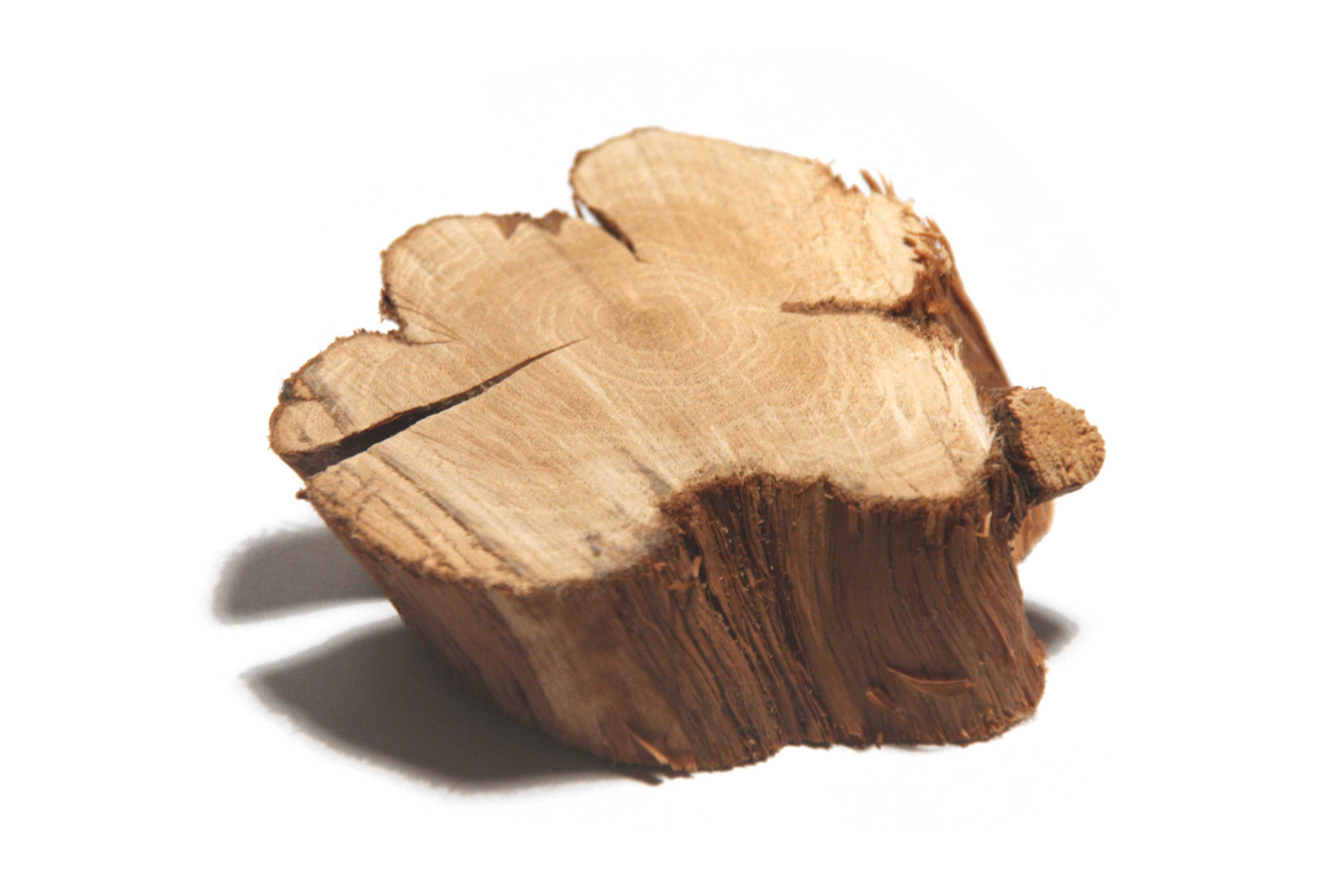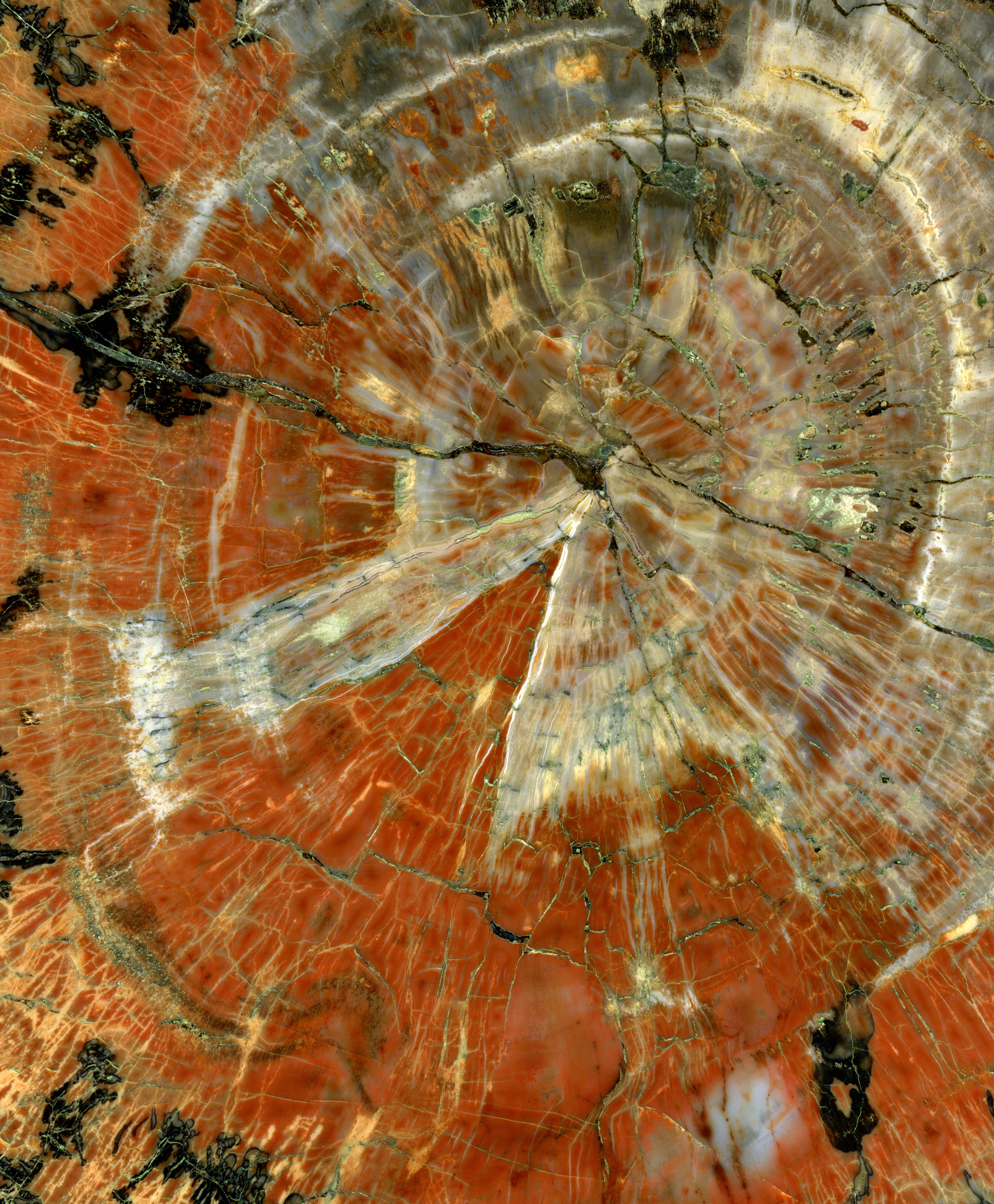|
Woody Plants
A woody plant is a plant that produces wood as its structural tissue and thus has a hard stem. In cold climates, woody plants further survive winter or dry season above ground, as opposite to herbaceous plants that die back to the ground until spring. Characteristics Woody plants are usually either trees, shrubs, or lianas. These are usually perennial plants whose stems and larger roots are reinforced with wood produced from secondary xylem. The main stem, larger branches, and roots of these plants are usually covered by a layer of bark. Wood is a structural tissue that allows woody plants to grow from above ground stems year after year, thus making some woody plants the largest and tallest terrestrial plants. Woody plants, like herbaceous perennials, typically have a dormant period of the year when growth does not take place, in colder climates due to freezing temperatures and lack of daylight during the winter months, in subtropical and tropical climates due to the dry sea ... [...More Info...] [...Related Items...] OR: [Wikipedia] [Google] [Baidu] |
Phloem
Phloem (, ) is the living tissue in vascular plants that transports the soluble organic compounds made during photosynthesis and known as ''photosynthates'', in particular the sugar sucrose, to the rest of the plant. This transport process is called translocation. In trees, the phloem is the innermost layer of the bark, hence the name, derived from the Ancient Greek word (''phloiós''), meaning "bark". The term was introduced by Carl Nägeli in 1858. Structure Phloem tissue consists of conducting cells, generally called sieve elements, parenchyma cells, including both specialized companion cells or albuminous cells and unspecialized cells and supportive cells, such as fibres and sclereids. Conducting cells (sieve elements) Sieve elements are the type of cell that are responsible for transporting sugars throughout the plant. At maturity they lack a nucleus and have very few organelles, so they rely on companion cells or albuminous cells for most of their metabolic ... [...More Info...] [...Related Items...] OR: [Wikipedia] [Google] [Baidu] |
Petrified Wood
Petrified wood, also known as petrified tree (from Ancient Greek meaning 'rock' or 'stone'; literally 'wood turned into stone'), is the name given to a special type of '' fossilized wood'', the fossilized remains of terrestrial vegetation. '' Petrifaction'' is the result of a tree or tree-like plants having been replaced by stone via a mineralization process that often includes permineralization and replacement. The organic materials making up cell walls have been replicated with minerals (mostly silica in the form of opal, chalcedony, or quartz). In some instances, the original structure of the stem tissue may be partially retained. Unlike other plant fossils, which are typically impressions or compressions, petrified wood is a three-dimensional representation of the original organic material. The petrifaction process occurs underground, when wood becomes buried in water-saturated sediment or volcanic ash. The presence of water reduces the availability of oxygen which inhi ... [...More Info...] [...Related Items...] OR: [Wikipedia] [Google] [Baidu] |
Decomposition
Decomposition or rot is the process by which dead organic substances are broken down into simpler organic or inorganic matter such as carbon dioxide, water, simple sugars and mineral salts. The process is a part of the nutrient cycle and is essential for recycling the finite matter that occupies physical space in the biosphere. Bodies of living organisms begin to decompose shortly after death. Animals, such as worms, also help decompose the organic materials. Organisms that do this are known as decomposers or detritivores. Although no two organisms decompose in the same way, they all undergo the same sequential stages of decomposition. The science which studies decomposition is generally referred to as '' taphonomy'' from the Greek word ''taphos'', meaning tomb. Decomposition can also be a gradual process for organisms that have extended periods of dormancy. One can differentiate abiotic decomposition from biotic decomposition ( biodegradation). The former means "the degra ... [...More Info...] [...Related Items...] OR: [Wikipedia] [Google] [Baidu] |
American Journal Of Botany
The ''American Journal of Botany'' is a monthly peer-reviewed scientific journal which covers all aspects of plant biology. It has been published by the Botanical Society of America since 1914. The journal has an impact factor of 3.038, as of 2019. As of 2018, access is available through the publisher John Wiley & Sons ( Wiley). From 1951 to 1953, Oswald Tippo served as its editor; the current editor is Pamela Diggle. History In the early 20th century, the field of botany was rapidly expanding, but the publications in which botanists could publish remained limited and heavily backlogged. By 1905, it was estimated that 250,000 contributions were generated in 8 or 9 languages. At the 1911 annual meeting of the society in Washington D.C., it was noted that at least 300 pages of American botanical contributions were sent abroad for publication, with a backlog resulting in a one-year delay in publication. On 31 December 1907, the Botanical Society of America met in Chicago and forma ... [...More Info...] [...Related Items...] OR: [Wikipedia] [Google] [Baidu] |
Dracaena (plant)
''Dracaena'' () is a genus of about 120 species of trees and succulent shrubs. The formerly accepted genera '' Pleomele'' and '' Sansevieria'' are now included in ''Dracaena''. In the APG IV classification system, it is placed in the family Asparagaceae, subfamily Nolinoideae (formerly the family Ruscaceae). It has also formerly been separated (sometimes with ''Cordyline'') into the family Dracaenaceae or placed in the Agavaceae (now Agavoideae). The name ''dracaena'' is derived from the romanized form of the Ancient Greek – ''drakaina'', "female dragon". The majority of the species are native to Africa, southern Asia through to northern Australia, with two species in tropical Central America. Description Species of ''Dracaena'' have a secondary thickening meristem in their trunk, termed Dracaenoid thickening by some authors, which is quite different from the thickening meristem found in dicotyledonous plants. This characteristic is shared with members of the Agavo ... [...More Info...] [...Related Items...] OR: [Wikipedia] [Google] [Baidu] |
Arecaceae
The Arecaceae is a family of perennial flowering plants in the monocot order Arecales. Their growth form can be climbers, shrubs, tree-like and stemless plants, all commonly known as palms. Those having a tree-like form are called palm trees. Currently, 181 genera with around 2,600 species are known, most of which are restricted to tropical and subtropical climates. Most palms are distinguished by their large, compound, evergreen leaves, known as fronds, arranged at the top of an unbranched stem. However, palms exhibit an enormous diversity in physical characteristics and inhabit nearly every type of habitat within their range, from rainforests to deserts. Palms are among the best known and most extensively cultivated plant families. They have been important to humans throughout much of history. Many common products and foods are derived from palms. In contemporary times, palms are also widely used in landscaping. In many historical cultures, because of their imp ... [...More Info...] [...Related Items...] OR: [Wikipedia] [Google] [Baidu] |
Monocotyledons
Monocotyledons (), commonly referred to as monocots, ( Lilianae ''sensu'' Chase & Reveal) are grass and grass-like flowering plants (angiosperms), the seeds of which typically contain only one embryonic leaf, or cotyledon. They constitute one of the major groups into which the flowering plants have traditionally been divided; the rest of the flowering plants have two cotyledons and are classified as dicotyledons, or dicots. Monocotyledons have almost always been recognized as a group, but with various taxonomic ranks and under several different names. The APG III system of 2009 recognises a clade called "monocots" but does not assign it to a taxonomic rank. The monocotyledons include about 60,000 species, about a quarter of all angiosperms. The largest family in this group (and in the flowering plants as a whole) by number of species are the orchids (family Orchidaceae), with more than 20,000 species. About half as many species belong to the true grasses ( Poaceae), which are ... [...More Info...] [...Related Items...] OR: [Wikipedia] [Google] [Baidu] |
Vascular Cambium
The vascular cambium is the main growth tissue in the stems and roots of many plants, specifically in dicots such as buttercups and oak trees, gymnosperms such as pine trees, as well as in certain other vascular plants. It produces secondary xylem inwards, towards the pith, and secondary phloem outwards, towards the bark. In herbaceous plants, it occurs in the vascular bundles which are often arranged like beads on a necklace forming an interrupted ring inside the stem. In woody plants, it forms a cylinder of unspecialized meristem cells, as a continuous ring from which the new tissues are grown. Unlike the xylem and phloem, it does not transport water, minerals or food through the plant. Other names for the vascular cambium are the main cambium, wood cambium, or bifacial cambium. Occurrence Vascular cambia are found in all seed plants except for five angiosperm lineages which have independently lost it; Nymphaeales, Ceratophyllum, Nelumbo, Podostemaceae, and monocot ... [...More Info...] [...Related Items...] OR: [Wikipedia] [Google] [Baidu] |
Vascular Tissue
Vascular tissue is a complex conducting tissue, formed of more than one cell type, found in vascular plants. The primary components of vascular tissue are the xylem and phloem. These two tissues transport fluid and nutrients internally. There are also two meristems associated with vascular tissue: the vascular cambium and the cork cambium. All the vascular tissues within a particular plant together constitute the vascular tissue system of that plant. The cells in vascular tissue are typically long and slender. Since the xylem and phloem function in the conduction of water, minerals, and nutrients throughout the plant, it is not surprising that their form should be similar to pipes. The individual cells of phloem are connected end-to-end, just as the sections of a pipe might be. As the plant grows, new vascular tissue differentiates in the growing tips of the plant. The new tissue is aligned with existing vascular tissue, maintaining its connection throughout the plan ... [...More Info...] [...Related Items...] OR: [Wikipedia] [Google] [Baidu] |
Lignin
Lignin is a class of complex organic polymers that form key structural materials in the support tissues of most plants. Lignins are particularly important in the formation of cell walls, especially in wood and bark, because they lend rigidity and do not rot easily. Chemically, lignins are polymers made by cross-linking phenolic precursors. History Lignin was first mentioned in 1813 by the Swiss botanist A. P. de Candolle, who described it as a fibrous, tasteless material, insoluble in water and alcohol but soluble in weak alkaline solutions, and which can be precipitated from solution using acid. He named the substance “lignine”, which is derived from the Latin word ''lignum'', meaning wood. It is one of the most abundant organic polymers on Earth, exceeded only by cellulose. Lignin constitutes 30% of non-fossil organic carbon on Earth, and 20 to 35% of the dry mass of wood. Lignin is present in red algae, which suggest that the common ancestor of plants and red alga ... [...More Info...] [...Related Items...] OR: [Wikipedia] [Google] [Baidu] |
Cellulose
Cellulose is an organic compound with the formula , a polysaccharide consisting of a linear chain of several hundred to many thousands of β(1→4) linked D-glucose units. Cellulose is an important structural component of the primary cell wall of green plants, many forms of algae and the oomycetes. Some species of bacteria secrete it to form biofilms. Cellulose is the most abundant organic polymer on Earth. The cellulose content of cotton fiber is 90%, that of wood is 40–50%, and that of dried hemp is approximately 57%. Cellulose is mainly used to produce paperboard and paper. Smaller quantities are converted into a wide variety of derivative products such as cellophane and rayon. Conversion of cellulose from energy crops into biofuels such as cellulosic ethanol is under development as a renewable fuel source. Cellulose for industrial use is mainly obtained from wood pulp and cotton. Some animals, particularly ruminants and termites, can digest cellulose with the h ... [...More Info...] [...Related Items...] OR: [Wikipedia] [Google] [Baidu] |



